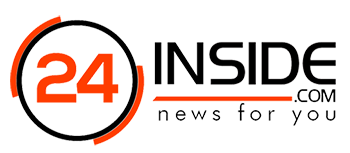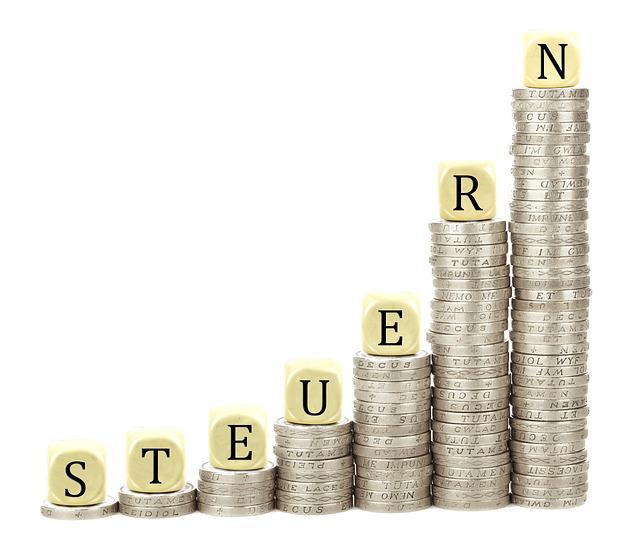Taxes are pain and everyone hates paying them. But there are ways to make taxes a little easier for you by saving on PF, FD, and insurance tax relief. With the right knowledge of how to legally save money on these taxes, you could potentially save tens of thousands of rupees over your lifetime!
What is a Tax-Free Savings Account?
A Tax-Free Savings Account (TFSA) is a special type of savings account that allows you to earn interest on your savings tax-free. TFSAs are available to Canadian residents 18 years of age and over. Contributions to a TFSA are not tax-deductible, but withdrawals from a TFSA are tax-free.
There are two types of TFSAs: the Regular TFSA and the Limited Use TFSA. The Regular TFSA is available to any Canadian resident 18 years of age and over. The Limited Use TFSA is available to Canadian residents who have a valid Social Insurance Number (SIN) and who are residents in Canada for tax purposes.
The contribution limit for the 2020 calendar year is $6,000. The contribution limit is indexed to inflation and rounded to the nearest $500. Unused contribution room can be carried forward to future years.
Withdrawals from a TFSA are not taxed. Furthermore, any amounts withdrawn from a TFSA can be re-contributed in future years, as long as the contribution limits for those years have not been exceeded.
The earnings on investments held in a TFSA are
Why Would You Want To Have One?
There are a number of reasons why you would want to have a blog section on your website. For one, it can help to create a more personal connection with your readers. This is because people can get to know you and your thoughts on various topics through your writing.
Additionally, a blog can also be a great way to share information about your business or website with potential customers or clients. If you regularly write informative and helpful blog posts, it is likely that people will begin to see you as an expert in your field, which can only lead to good things for your business.
Finally, a blog can also be a great way to drive traffic to your website. If people enjoy reading your posts and find them helpful, they are likely to visit your site more often and tell others about it, which can ultimately lead to more customers or clients.
How Do I Set Up A Tax-Free Savings Account?
A tax-free savings account (TFSA) is a great way to save money for your future. You can contribute up to $5,500 per year, and your investment will grow tax-free. Plus, you can withdraw the money at any time without paying any taxes.
Setting up a TFSA is easy. You can do it through your bank or financial institution. Just open a regular savings account and designate it as a TFSA. Then, start contributing to it each year.
There are a few things to keep in mind when you’re setting up your TFSA. First, you need to make sure that you don’t over-contribute. If you do, you’ll be subject to a penalty.
Second, you need to choose the right investments for your TFSA. You can invest in stocks, bonds, mutual funds, and more. Be sure to do your research and choose investments that are right for you.
Saving for your future with a TFSA is a great way to build your nest egg. Start contributing today and watch your money grow tax-free!
What Else Should I Know About This Type of Account?
There are a few things to keep in mind when you’re thinking about opening a tax-advantaged account like a Roth IRA or a traditional IRA. First, you’ll need to decide whether you want to open an account with a broker or directly through a mutual fund company.
Second, you’ll need to decide how much money you want to contribute each year. And finally, you’ll need to make sure that you understand the tax implications of your decision.
What are Registered Retirement Savings Plans?
A Registered Retirement Savings Plan (RRSP) is a special type of savings account that helps you save for retirement. Contributions to your RRSP are tax-deductible, which means they lower your taxable income.
This can lead to a refund on your taxes or a smaller tax bill. The money in your RRSP grows tax-free until you withdraw it in retirement.
What Are The Benefits of Having an RRSP?
When it comes to saving for retirement, one of the best tools you have at your disposal is a Registered Retirement Savings Plan (RRSP). An RRSP is a retirement savings plan that is registered with the government.
Contributions to an RRSP are tax-deductible, and any earnings on your investment grow tax-free until you withdraw them in retirement.
There are many benefits to having an RRSP, but here are some of the most important ones:
- Tax savings: As mentioned, contributions to your RRSP are tax-deductible. This means that you can reduce your taxable income by the amount you contribute to your RRSP. For example, if you contribute $5,000 to your RRSP, you will pay taxes on $5,000 less of income.
- Earnings grow tax-free: Any earnings on investments within your RRSP grow tax-free until you withdraw them in retirement. This is a major advantage of an RRSP over other types of investment accounts, such as a regular brokerage account, where you would have to pay taxes on your capital gains and dividends each year.
- Access to lower-tax bracket in retirement.
How Can I Open a Registered Retirement Savings Plan (RRSP)?
There are a few different ways that you can open a Registered Retirement Savings Plan (RRSP). You can open an RRSP through:
- Your employer: If your employer offers a group RRSP, you can sign up and start contributing to it through payroll deductions.
- A financial institution: You can open an RRSP account with a bank, credit union, or other financial institution.
- A mutual fund company: You can also open an RRSP account with a mutual fund company.
Once you have opened an RRSP account, you can start contributing to it right away. The amount that you contribute will depend on your personal finances and goals.
When And Where Can I Use The Money in My RRSP Account?
If you’re like most people, you probably have a lot of questions about your RRSP account. After all, it’s not every day that you have to think about saving for retirement! Here are a few answers to some common questions about using your RRSP account.
When can I use the money in my RRSP account?
You can start withdrawing money from your RRSP account when you turn 71 years old. However, you don’t have to start withdrawing money at this age – you can leave the money in your RRSP until you need it.
What if I need the money before I turn 71?
There are a few situations where you can withdraw money from your RRSP before you turn 71. These include:
- Withdrawing up to $10,000 to buy your first home through the Home Buyers’ Plan
- Withdrawing money to pay for educational expenses
- Withdrawing money to pay for medical expenses
- Withdrawing money because you are facing financial hardship
Can I withdraw all of the money in my RRSP account at once?
No, you cannot withdraw all of the money in your RRSP account at once.





